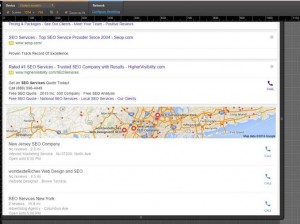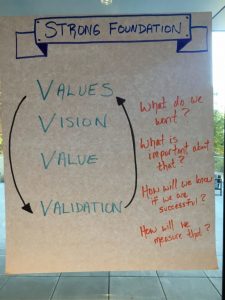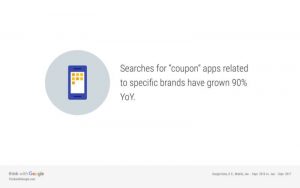Rules Of Engagement: The Big Hole In Email Deliverability
Good email deliverability starts with the ability to grasp a simple truth: That inbox services are watching what you do. Yet many marketers fail to realize this, according to The State of Email Engagement, a study released on Tuesday by Return Path in partnership with Demand Metric.
Over half of those surveyed are neutral or disagree with the statement “Mailbox providers use subscriber engagement to determine where to filter (e.g. inbox, spam, blocked) the email you send.”
Of those who agree, 66% have good deliverability, and 24% of them have very good deliverability. In contrast, 53% of those who disagree have good deliverability.
That lack of understanding can be fatal, considering that “global Gmail users number 1.5 billion at the end of 2018,” the study notes.
It adds: “The way recipients engage with received email serves as an input to Google’s algorithms that route incoming messages.”
Of course, engagement is determined by many variables. One is list segmentation, and another is frequency.
While only 10% of the respondents say email is the most important channel, 55% call it one of the most critical, and 21% feel it is equal to other channels. B2B marketers are more likely to say it is important than B2C marketers.
As for effectiveness, 40% report email is holding steady, 33% report that it is improving slightly and 9% say it is improving significantly. But 28% say it is declining in effectiveness, and 4% say it is doing so to a significant degree.
The average open rate of email campaigns is 23%, although almost half of the recipients report rates of 15% or less. The average click-through rate is 14%.Yet 60% report rates of 8% or less.
Half either make no attempt to get permission before adding to a list or assume they have permission. For those who require opt-in, 79% use single and 21% double opt-in.
The surprise here is that “no correlation was found between email effectiveness and the practice of getting permission before adding addresses to a list.” In addition, there was no link between the type of opt-in strategy in use — i.e., double or single. According to the study, this could be due to:
“Consumer cynicism that opt outs aren’t always honored, and there’s no penalty in the U.S. for failure to comply.
“Better approaches and technologies at the consumer’s disposal for keeping unwanted messages and spam out of inboxes.”
One factor that has an impact is sending frequency. And here is some good news: Almost 60% of those polled have at least a reasonable estimate of the best cadence.
List segmentation also plays a role. Here is more good news.
Of the marketers polled, 80% use some form of personalization, and those who do report a 16% higher open rate and 9% higher click-through rate than those who do not.
But levels of personalization vary. For example, 42% use segment-level personalization, but 20% use both segment- and individual levels, and 18% are strictly at the individual level.
Individual-level targeting works best, and 47% of those who use it confirm an average open rate of 16% or higher, vs. 33% of firms that use no personalization.
Similarly, 42% of those that personalize at the individual level achieve a 9% click through or higher.
How are email lists maintained? A couple of the numbers are disappointing:
- Honor opt out requests — 73%
- Remove bounced email addresses — 63%
- Add new email addresses organically — 54%
- Use software/tech to validate addresses — 25%
- Use software/tech to ensure invalid emails are removed — 19%
- Purchase email addresses to add to lists — 18%
- No steps taken to review to maintain list — 4%
Here are a couple of other findings:
- 57% of those with triggered messaging programs enjoy clickthrough rates of over 5%, vs. 43% of those that don’t
- Open and clickthrough rates are the most commonly use email engagement metrics, with both being used by around 75%. In contrast, unsubscribe rates are used by 55%, and conversion rates by 44%. Read rates are employed by 30%
“Over the past several years, there has been a marked increase in mailbox providers’ focus on subscriber engagement as part of the spam filtering process,” states Tom Sather, Return Path’s senior director of research. “ This study confirms that keeping subscribers actively engaged with your email program is a major factor in email deliverability and overall effectiveness.”
Sather adds that “by embracing engagement metrics like read rate, forward rate, and complaint rate, marketers can gain unique insights that can improve deliverability and enhance customer relationships.”
The results are based on 221 completed surveys.
(59)
Report Post






